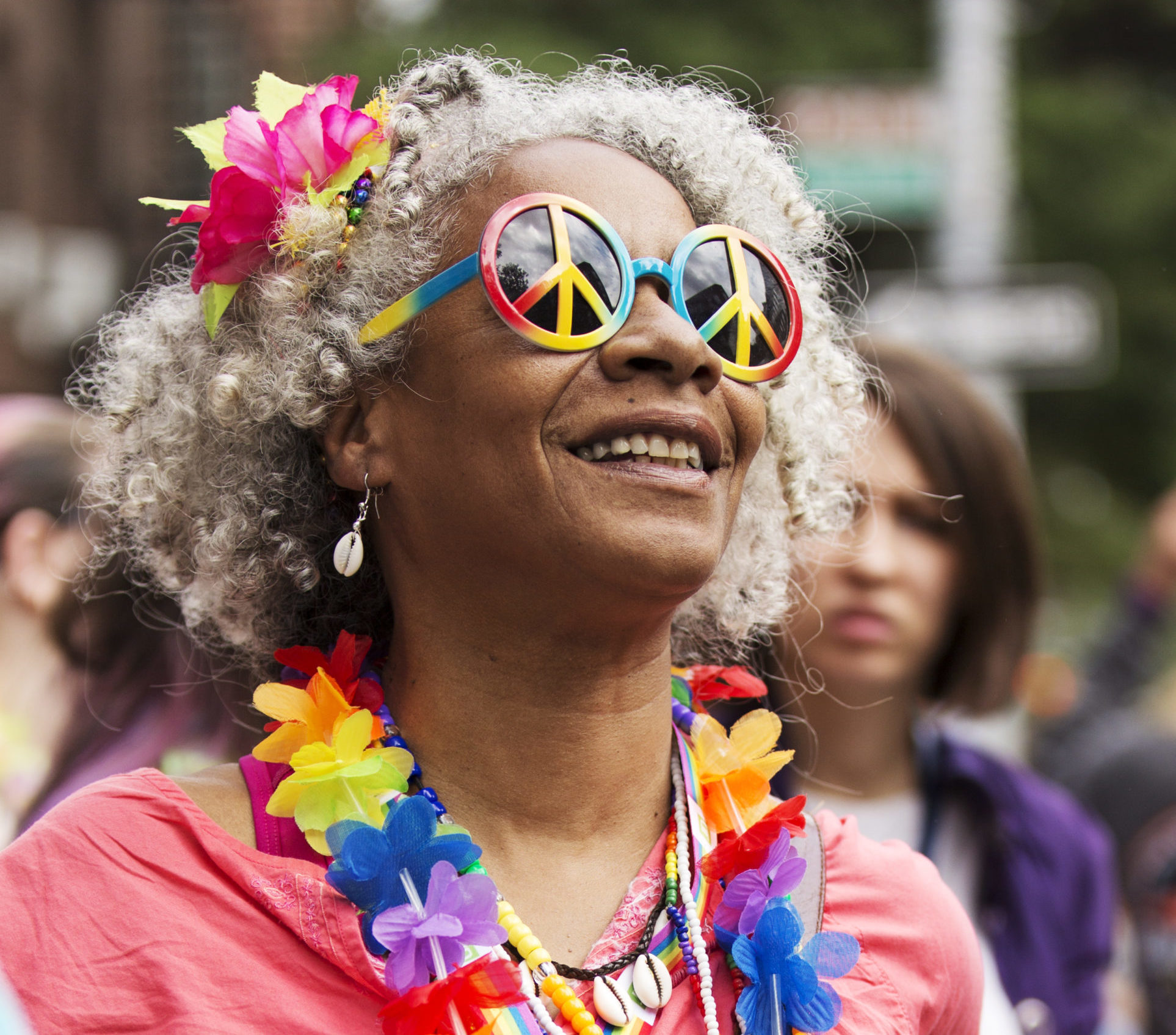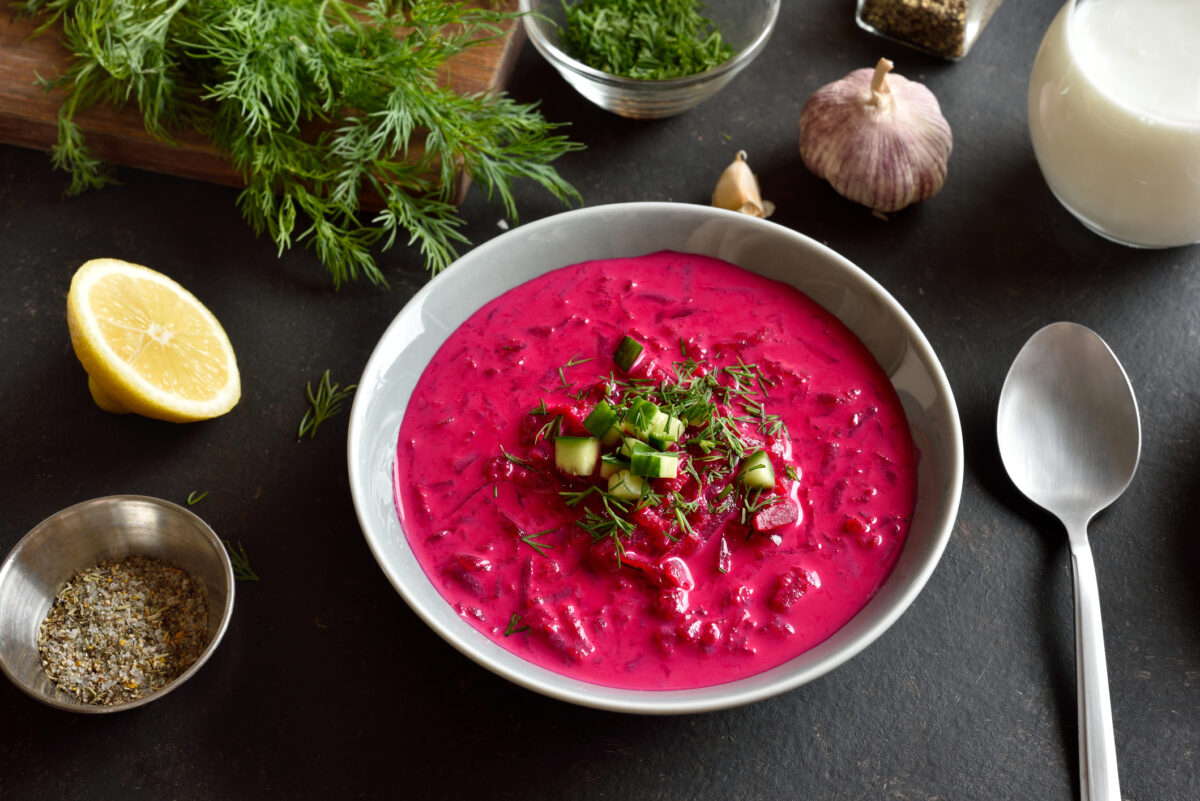How to be an LGBTQ+ ally
Lesbian, gay, bisexual, transgender and queer (LGBTQ+) Pride Month is celebrated each year in June to honor the 1969 Stonewall Uprising in Manhattan, according to the Library of Congress. The Stonewall Uprising was a tipping point for the Gay Liberation Movement in the United States. The last Sunday in June was initially celebrated as “Gay Pride Day.” Soon, celebrations across the country grew to encompass a month-long series of events. Today, LGBTQ+ Pride Month events include parades, parties, workshops, symposia and concerts that attract millions of participants from around the world. Memorials are also held during Pride Month for those members of the LGBTQ+ community who have been lost to violence or HIV/AIDS. The purpose of Pride Month is to recognize the impact that LGBTQ+ individuals have had – and continue to have.
Pride Month offers numerous opportunities for members of the LGBTQ+ community to come together and publicly celebrate their identities. Pride Month is also an important time for those who identify as straight to learn more about the LGBTQ+ experience and to openly support LGBTQ+ individuals. As allies, heterosexual and cisgender (whose gender identity matches the one they were assigned at birth) people show support for equal civil rights, gender equality and LGBTQ+ social movements by challenging homophobia, biphobia and transphobia.
GLAAD, an LGBTQ+ media advocacy organization formerly known as the Gay & Lesbian Alliance Against Defamation, suggests the following ways to be an ally and a friend:
- Be a listener.
- Be open-minded.
- Be willing to talk.
- Be inclusive and invite both your straight and LGBTQ+ friends and family to hang out together.
- Don’t assume that all your friends and co-workers are straight. Someone close to you may need support coming out or sharing their identity. Be open to everyone.
- Homophobic comments and jokes are rude and harmful. Let anyone who uses such inappropriate language know that you find it offensive.
- Confront your own prejudices and bias, even though it is uncomfortable to do so. This can help start important conversations about LGBTQ+ inclusivity.
- Defend LGBTQ+ individuals against discrimination.
- Believe that all people, regardless of gender identity and sexual orientation, should be treated with dignity and respect.
- If you see LGBTQ+ people being misrepresented in the media, write a letter to the editor or contact glaad.org.
By being an advocate and supporter of LGBTQ+ people, you are leading by example. Many civil rights movements are successful because people from nearly every part of society stood together fighting injustice and discrimination. The work to make the world safer and fairer for people who are LGBTQ+ requires effort and understanding of people from all walks of life, genders and sexual orientations.




